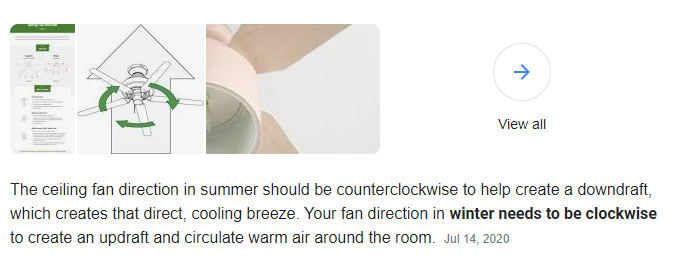- Joined
- Jan 7, 2016
- Messages
- 3,270
To note:
An oversized air conditioner is a no-no. An oversized AC unit will have short cycle times, which does not allow it to properly dehumidify the air and therefore the comfort level will be much lower.
With an oversized heater, much larger temp swings will be experienced, also resulting in lower occupant comfort. Probably not a big deal in a shop but certainly noticeable in a house.
This is not at all a jab at you Bruce, it was just a best-practices standard that came to my mind while reading through this thread.
An oversized air conditioner is a no-no. An oversized AC unit will have short cycle times, which does not allow it to properly dehumidify the air and therefore the comfort level will be much lower.
With an oversized heater, much larger temp swings will be experienced, also resulting in lower occupant comfort. Probably not a big deal in a shop but certainly noticeable in a house.
This is not at all a jab at you Bruce, it was just a best-practices standard that came to my mind while reading through this thread.


